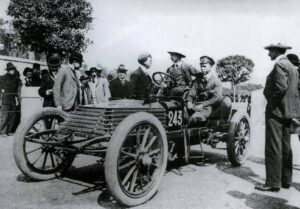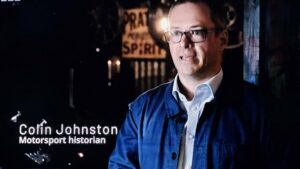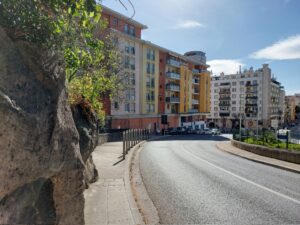H.M.S. Catherwood’s central works, Donegall Road, Belfast. Friday, 22 August 1930
The driver retrieved a half Woodbine from his top pocket.
“You still here, cub?”
“Aye… til the death. Told me to stand here til I got somethin’.”
“Wha? Like pleurisy?.. don’t think that would make the morning paper.”
The Bo Peep flared on first strike.
“Well, rather you than me boy. If they’d just red up and get outta the yard we could get on.
I used the auld head and left the bus by the dog track. The five a’clack til Portrush waits for no man!
Not even… yer man… the German lad.”
“Caracciola.”
“Aye… that’s the boy. He’d get a quare gunk if he could see his motor now.”
“What?”
“Sure, they’ve been suckin’ & sighin’ over it all day… here… c’mere til ya see!”
He turned the latch and opened the wicket. The cub hunkered, to juke into the yard.
There, before him, lay the white cadaver. Its chest open. Whilst the learned men weighed its heart.
A Mercedes-Benz SSK… ‘The Anatomy Lesson of Dr. Ferdinand Porsche’.
“Here! You goin’ now?”
“Aye.”
“Drop me at the Grand Central?”
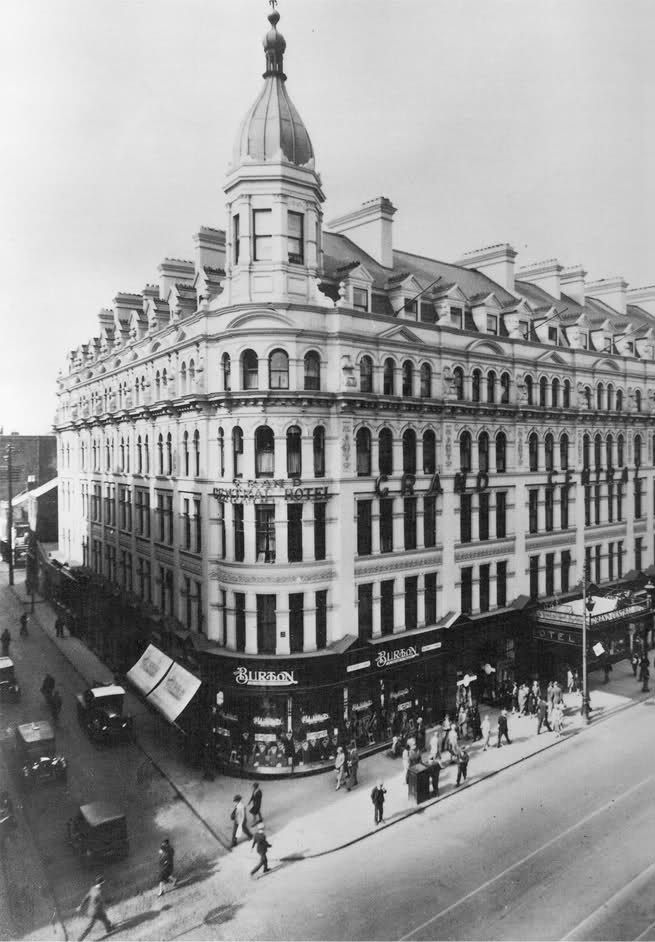
The rumour was out. The lobby of the Grand Central Hotel was rammed.
Eighteen hours until the flag drops for the R.A.C. International Tourist Trophy, the most prestigious race in the UK, and there is “the first hint of the bombshell”.
The scrutineers, holed-up in a room. The buzz? The number 40 Mercedes had failed inspection.
Now, the stewards of the meeting have been called. Two more hours, behind closed doors – but confirmation of the rumour.
“Gentlemen, all is settled with the exception of Mercedes number 40, which is the subject of discussions now proceeding.”
Word reached the Mercedes team in Bangor.
Just as the Belfast receptionist connects to the Royal Hotel, to ask for Captain Malcolm Campbell, the great man walks through the doors of the Grand Central. Face like thunder – unbuttoning his blue overcoat – marching straight into the race offices.
On his heels, Earl Howe and Gaedertz of Mercedes’ London office… upstairs… doors shut.
Everyone waits.
8 pm. Fifteen hours until the race start.
“Gentlemen… right away!”
Captain A.W. Phillips, press secretary for the R.A.C., strides down the corridor – throws open the doors to the race office – and turns to address the throng in his wake.
“I have an announcement here…”
Pencils poised…
“The stewards, after the fullest inquiry, have been unable to accept Mercedes-Benz number 40 – entrant, Captain Malcolm Campbell; driver, Herr Caracciola – as complying, in its present condition, with the regulations of the race.
The grounds for this decision are that the supercharger fitted to this car is not the standard size and is larger than those fitted to Mercedes-Benz cars 41 and 42.
They are satisfied that this change was made without the knowledge of the entrant.
An extension, however, of the time limit for scruitineering has been granted in order to enable the car to be made eligible under the regulations.
The stewards present at the meeting were the Right Honourable J. Milne Barbour, Sir Algernon…”
The pencil scratching ceased. A semibreve rest – silence. Then a rush from the room – to the telegraphs.
The cub looked on, ducked through the bodies racing for the door. Captain Phillips was gathering his papers.
“Sir, how long does this extension apply for?”
“Until tomorrow morning. Not later than nine o’clock, I would imagine.”
“They can change the car, sir?”
“If they wish. They can make it right.”
The journalists found Campbell, Howe and Gaedertz in the dining room. Dinner being served, as they pressed for a response… “Can the car be changed?” “Will Caracciola start?”
Campbell scowled. Gaedertz snapped, “No, on principle no!”. Howe stepped in.
“The matter is being discussed, and a statement will be made available later. Now gentlemen, please.”
Plates cleared. Coffee served. Gaedertz lit a cigarette, and walked to the lobby to make a call. To frown into the telephone.
Finally, long after the other diners have left, Howe stubs out a final cigarette and calls the press into the room.
“We aren’t starting.”, was all Gaedertz could say. Pressed, he adds “I am just going, to speak to Caracciola”.
A crowd had gathered in Royal Avenue, on hearing the news. The Mercedes delegation pressed through them, to their car. To Bangor, to decide what the hell they are going to do.
It was late when a reporter caught-up with Rudi & Charly Caracciola, Campbell and Gaedertz at the Royal Hotel, Bangor.
“Herr Gaedertz, what will happen tomorrow?”
“Simply put, Caracciola will not start tomorrow.”
“Is this because you cannot modify the supercharger in time?”
Gaedertz paused. Chose his words carefully, this time.
“The engine is precisely the same as when it was raced in Dublin. We have sold many similar engines. The car has a longer chassis than the one which appeared at Phoenix Park.”
“Captain Campbell, if Herr Caracciola does not race, will you?”
“I suppose so…” Campbell looked very concerned. “..but I cannot speak for Earl Howe.”.
“Is it true Captain Campbell, that you offered the supercharger from your Mercedes touring car?”
Gaedertz interjected. “It is finished! You will get a full report in the morning.”
The Caracciolas rose to leave. Rudi smiling, pausing to say, “I have made up my mind. I am sorry and disappointed, but my car cannot be altered, and that is all. Good night.”
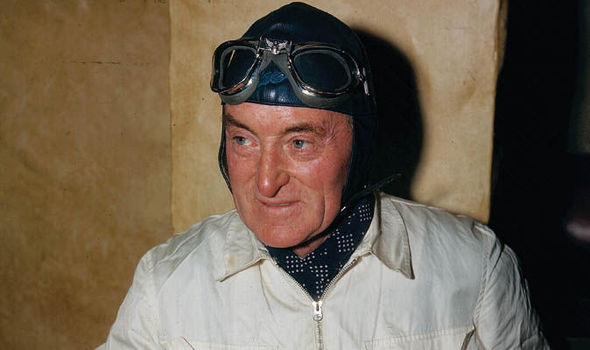
“…and that is all.”
As we look at this 92 years after the event, that is, and isn’t, it all.
That was all for Caracciola’s entry in the 1930 Tourist Trophy. The following day the Mercedes SSK would take its place in the pits at Dundonald, and Rudi would wave to the crowd. But it was all for show. By every account the Ulster fans loved him. How could they not, after his epic drive in 1929?
The question is, what was all this about? Cheating? Prejudice? ‘Crossed wires’?
Let’s consider the Mercedes cars that Malcolm Campbell had entered for the race – remember there were no German factory teams (officially) in 1930, and the German Grand Prix was cancelled due to the financial crisis.
In 1930 Campbell raced the actual car that Caracciola had won the 1929 Tourist Trophy on. It was a 7.1-litre Mercedes-Benz 27/140/200, – the Mercedes-Benz Museum confirming my notes. That car famously featured a screaming Roots supercharger, with a 5.2:1 ratio.
The sports-car rules of this period stated that fifty examples of the model, to this specification, need to have been produced, catalogued, and made available to the public. You will remember how Rudi’s great rival, ‘Tim’ Birkin, had to enlist the help and financial clout of Dorothy Paget to create & produce the required fifty ‘Blower’ Bentleys.
So, Mercedes produced fifty 27/140/200 SSK models?.. Hmmm… perhaps, perhaps not. More importantly, Mercedes continued to develop the model, to the point where there were 27/170/225 and 27/180/250 versions of the M 06 engine available during 1929. That is to say, 225 or 250 PS power available with the supercharger engaged. And how was this higher power output achieved? Through the employment of a larger supercharger, with a 6.2:1 compression ratio.
Can you see? Untertürkheim, we have a problem. For the sake of homologation – to use a modern term – the Mercedes-Benz SSK should have a 27/140/200 M 06 engine.
Let’s consider the times. Motor sport was in a state of flux. In short, the financial crisis was making itself felt, and the A.I.A.C.R. International Formula was considered a bit of a joke. The World Championship was now well & truly dead, and Formula Libre reigned supreme. Formula Libre meant that you could turn up at a Grande Épreuve with a sports-car, strip it down, and enter the race. This is exactly what Caracciola did at Monaco in 1929, and ‘Tim’ Birkin did at Pau in 1930.
So we have sports-car rules designed to de-incentivise the production of out & out racing cars – a spirit of the age of reaching for ever better performance – and international motorsport which often ran on the basis of ‘run what you brung’.
It would appear that a blind eye was often turned to ‘keep the show on the road’. In fact it rather appears that it had reached the point where the R.A.C. were the only national body accurately adhering to the rule book.
For the opening rounds of the 1930 Championnat d’Europe de la Montagne, Caracciola was on a 250 SSK. For domestic sports-car races, a 250 SSK. For the almighty battle with Birkin at Le Mans in 1930, Rudi was on a 250 SSK.
Still, it seems that the exclusion from the Belfast Tourist Trophy race wasn’t a great surprise to those with their ear to the ground.
Writing after the event, under his pseudonym ‘Casque’, racing driver Sammy Davis alluded to ongoing issues from as early as 1929. Problems with accepting the Mercedes at Shelsley Walsh, and pondering why it hadn’t been dealt with in Dublin. It appears that events just came to a head in Belfast.
Perhaps the regulations for the Tourist Trophy made that possible… or indeed, unavoidable.
5 (a) Cars must be laid down for production, constructed, or delivered to customers in sufficient quantity to satisfy THE CLUB that the type of car is a bona fide commercial model.
RAC International Tourist Trophy regulations
The emphasis in this quote is by the R.A.C..
Nonetheless, it didn’t have to be like this. There was provision for manufacturers to plead their case around model development – to declare deviations and provide the evidence, like Mercedes claimed, that these changes were in production and not just racing modifications. It just appears that Mercedes didn’t engage with this process.
Indeed, the R.A.C. scrutineers had requested visits to the manufacturers’ works ahead of the race. Visits were made to the Italian teams and judged to have been “very helpful”. It is unclear as to why an invite to Untertürkheim wasn’t proffered, but as we have seen this was ultimately to harm Mercedes-Benz themselves. There was a tremendous publicity push by the British Mercedes Motor Company ahead of the big race – this was no provincial jolly.
This brings us to another nub. Such pre-race declarations would have to be made by the entrant, and in this case it was Malcolm Campbell. It’s rather incredible, and no doubt hugely embarrassing to Campbell, that the first he learned of this issue was when the car failed scruitineering. Every report and discussion I have read around this issue talks of how Campbell was blindsided by the fact the factory had provided a different, and effectively illegal, car for Caracciola.
As the entrant, Campbell went through the motions of appealing the decision with the R.A.C.. Needless to say, the appeal was unsuccessful – and as the entry was not an ‘international’ one, the issue could not be taken to Paris. I imagine it was embarrassing for all concerned, and note that the R.A.C. returned Campbell’s appeal fee.
So, were Caracciola and Mercedes cheating in 1930? By the absolute letter of the law?.. I think Mercedes had put themselves in the position of running an illegal car.
Does it matter? Probably not.
I’m happy to take my cue from a great racer who had to deal with the supercharged Mercedes in sport and in business. A man who was fearless in going wheel-to-wheel with Caracciola. A man who built a car and a business to beat him. A man who passed the Mercedes-Benz SSK at 130 mph on the Mulsanne straight… with two wheels on the grass.
At the Grand Central Hotel in Belfast – whilst Campbell, Howe and Gaedertz were taking coffee, smoking endless cigarettes and wondering what to do – a dapper English chap sought them out and joined them. Sir Henry ‘Tim’ Birkin commiserated with them over the situation, and wished them well.
If Rudi’s Mercedes was good enough for ‘Tiger Tim’, it’s good enough for any man.
Case closed.
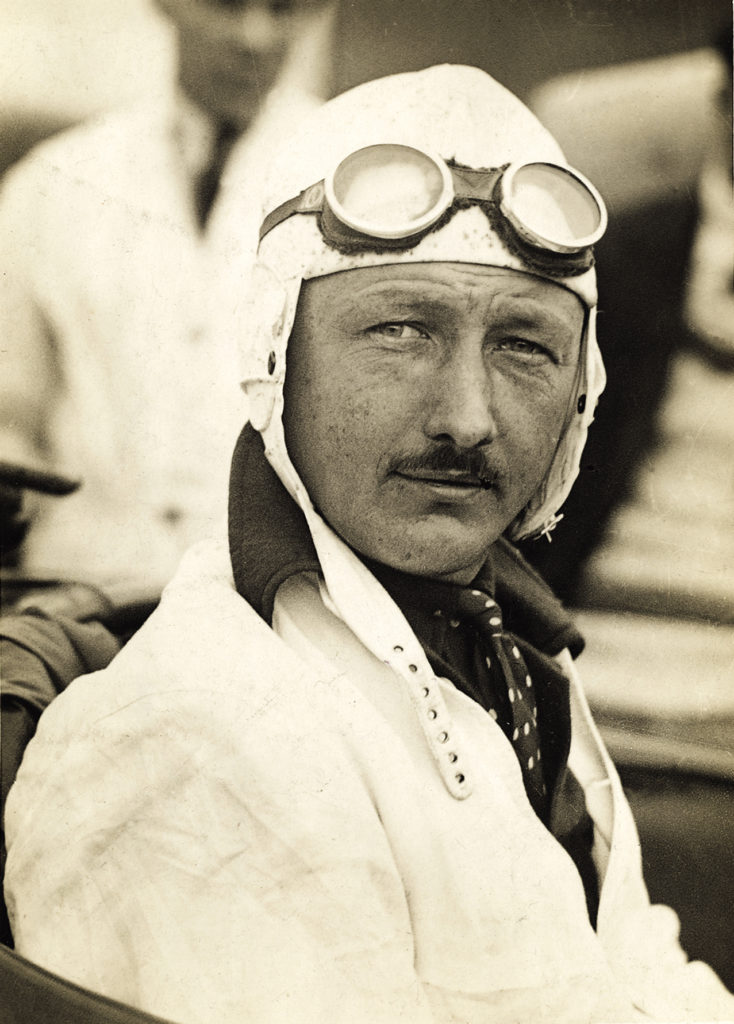
I have a lot of folks to thank for this piece, not least the British Newspaper Archive and The Motoring Archive.
Thank you Alexey Grushko for raiding your bookshelf for SSK production figures. Thank you Fred Gallagher for the archive, and your encouragement.
This is a great time to say a huge thanks to all at the Mercedes-Benz Museum. Their public archive is the most incredible resource. Beyond that the folks who man their social media are beyond what anyone would ever expect of an ‘admin’. Not only is their attitude and ‘tone’ superb at all times, they back it up with an exceptional willingness to help… and learn.
